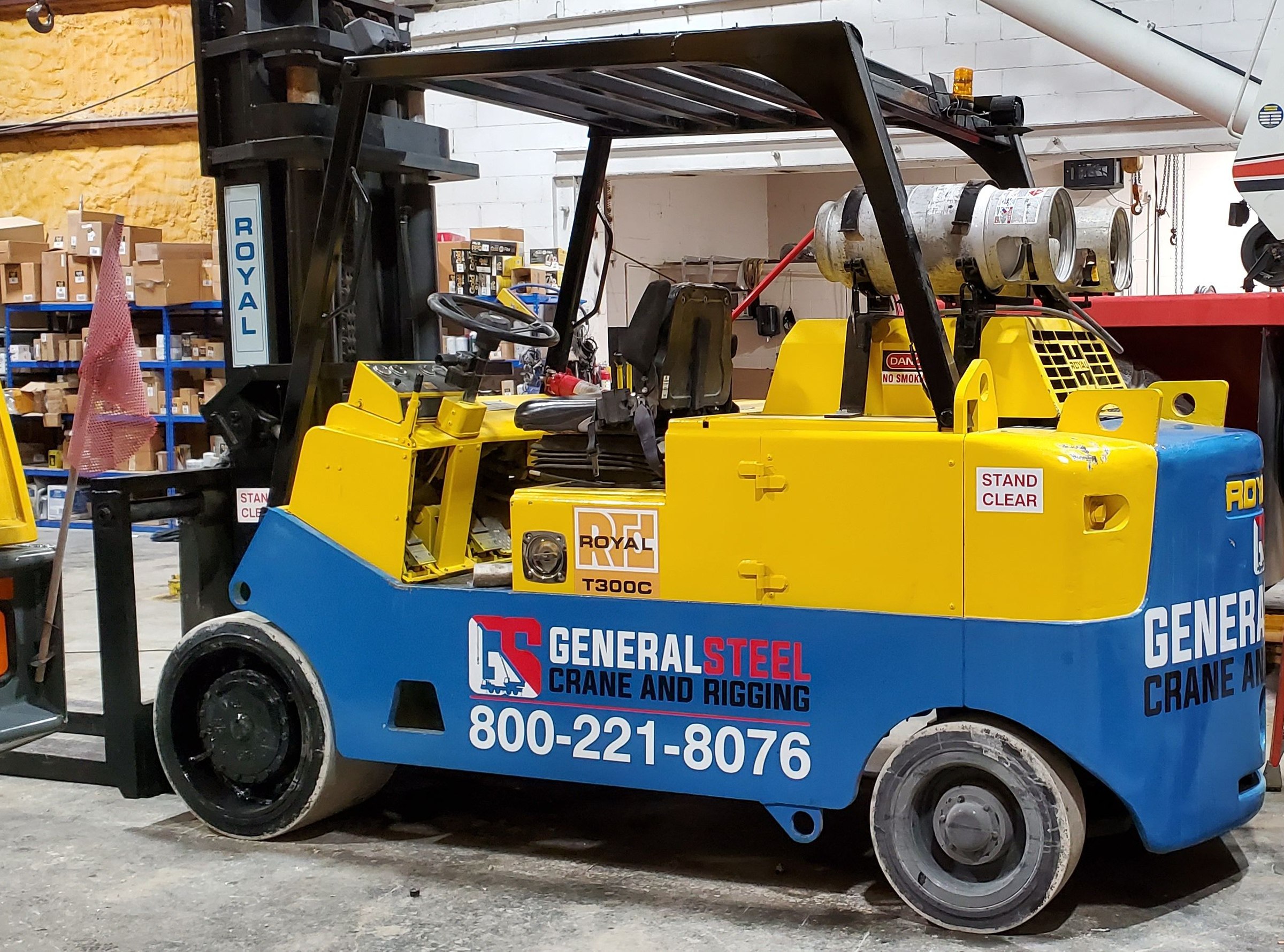Common Types of Cranes for Construction

Cranes are an essential part of construction and have been used for two centuries in modern buildings. Cranes make it possible to safely lift large components, structural beams, and heavy loads to the upper levels of a construction project. However, not all construction cranes are the same. There are several varieties of cranes used for construction. We’ll help you explore the differences to make the best choice for your upcoming construction projects.
Static Cranes
Static cranes are built in place. They are designed to supply most lifting needs for a construction location from a single location, so they are often quite large. Static cranes are intended to be permanently installed on the job site. They often are either anchored to the ground or attached to the roof. They lift heavy loads along a predetermined path or range of motion and may be torn down during construction.
Tower Cranes
Tower cranes are a type of static crane designed to help construct towers. They are the icons of cranes and what most people think of when they visualize what a crane is. Tower cranes are typically built to facilitate long-term and high-story construction projects and may grow taller with the building itself as it rises.
They consist of a mast and jib (tower and arm) and can rotate 360 degrees around the mast with a trolley that can run along the jib for complete lifting versatility and control from a fixed location.
Crawler Cranes
Crawler cranes can move around on uneven ground using the help of treads instead of wheels, which is why they are called crawlers. Their base looks more like a tank than a truck. The trades allow them to move over uneven ground that may be soft, rough, or marshy. They are often used early in a construction project on undeveloped or recently torn-up land before the ground is packed and level again.
Crawler cranes are not just agile; they can also lift the heaviest loads of all mobile cranes. They rely on powerful hydraulics and a heavy-duty lifting arm.
Gantry Cranes
Gantry cranes are lifting structures that do not look like traditional cranes with a mast and jib or hydraulic boom. Instead, they are shaped like a saw horse with two triangular legs and a lifting beam. These cranes are often used in industrial scenarios and may be wheeled, allowing workers to lift and safely move heavy loads at short heights.
All Terrain and Rough Terrain Cranes
Rough cranes are designed to maneuver over rough ground, steeper slopes, and unfinished building sites beyond the capabilities of smaller mobile cranes. These cranes are lighter and more maneuverable than any of the heavier crane types, and are ideal for helping to prepare a property before the terrain is level and packed for other vehicles.
In contrast, all-terrain cranes are built more like conventional vehicles with wheels capable of taking the highway but less capable of treking over uncharted territory. All-terrain cranes can go off-road and over loose dirt, requiring a prepared site to stabilize and lift safely. They are heavy-duty with a built-in hydraulic boom and adaptive configurations to achieve lifting efficiency on the building site.
Truck Cranes and Boom Trucks
Truck cranes are the most mobile in terms of distances. They are built on sturdy truck frames that maneuver like large cargo vehicles rather than like rolling construction equipment. Truck cranes are ideal for working on multiple building sites and crane work at various locations but should be kept on finished roads and pavement. Hydraulic truck cranes are ideal for work around the city.
Boom trucks are a smaller version of truck cranes, offering versatile performance for smaller lifting jobs. They drive like work trucks over highways and neighborhood streets and can fit or park in tighter spaces to get the job done.
Are you in need of a crane rental?
If you have a construction project planned, consider your safe lifting needs. Crane rental is a great way to ensure a swift and efficient building process with safe lifting and rapid movement of heavy materials. General Steel Crane and Rigging can help you select the right crane for the job and build a rental plan that encompasses your lifting timeline. We can also provide a skilled crane operator to ensure every lift goes according to plan. Contact us online or call us at 800-221-8076 to discuss your project and rental needs.
Image credit: Setyawan Utomo Hadi / Shutterstock





